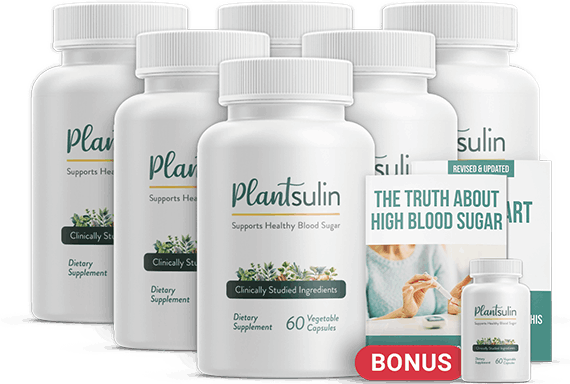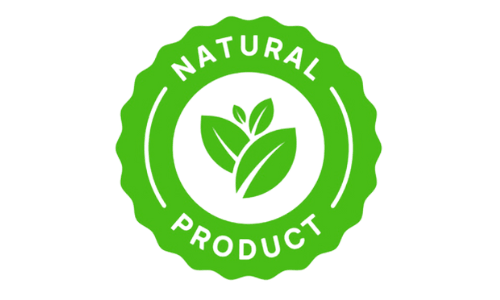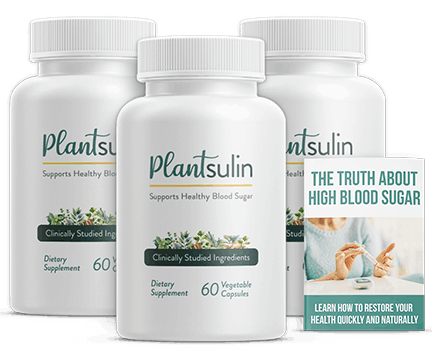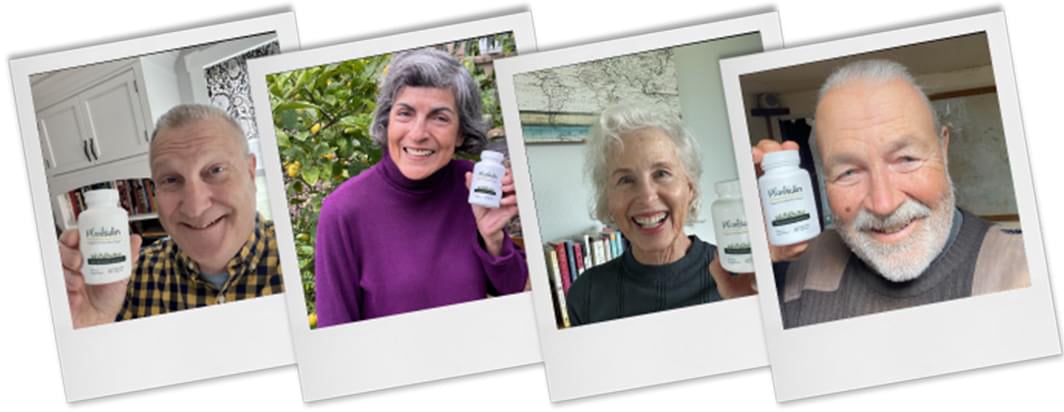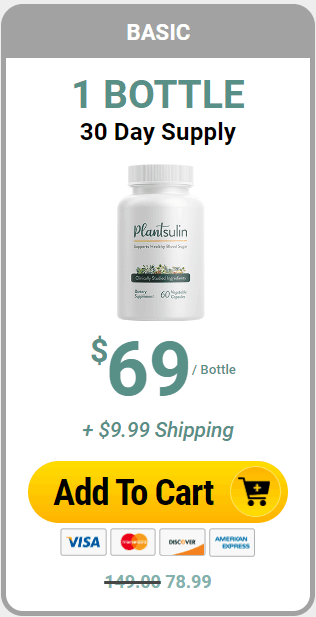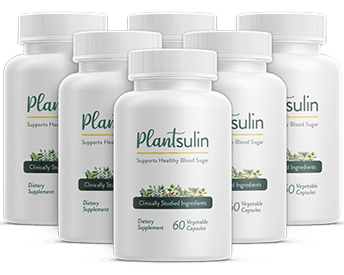1
Solomon’s Seal Extract
Solomon’s seal extract is an herb belonging to the lily family. Its roots have been used for medicinal purposes, most of which include restoring and healing, controlling inflammation, and inducing sedative sensations. In the context of blood sugar management, this extract is said to contain a rich source of glucose that reduces blood glucose levels. Aside from blood sugar, this ingredient might work against edema, help treat hemorrhoids, and improve respiration.
2
Shepherd’s Purse
Shepherd’s purse (or Capsella bursa-pastoris) is a flowering plant in the mustard family. Although this ingredient has been touted for its ability to lower blood pressure and sugar levels, promote wound healing, and help with nosebleeds, scientific evidence is either lacking or severely outdated, according to one source, adding that the strongest evidence is in terms of treating excess bleeding (and even that requires further understanding).
3
Lycium Berry
Lycium berry, widely recognized as the goji berry, is a berry native to Asia. Traditionally, this ingredient has been used to ward off illnesses and infections, thereby boosting immune function. For the purposes of Plantsulin®, lycium berry’s ability to regulate sugar release into the blood might be worth reflecting upon. A 2015 study was referenced in one source where the berries balanced insulin and glucose levels to achieve the aforesaid.
4
Bellflower Root
Bellflower root (or balloon flower)is an herb belonging to the Platycodon grandifloras family. Of all the ingredients found in Plantsulin®, this one takes the cake because it contains a diverse profile of active compounds such as betulic acid, saponins, phytosterol, inulin, and glucose. Together, these are trusted to improve respiratory function, ease an upset stomach, boost immune and heart (by lowering bad cholesterol and increasing good ones) functions, and rid the liver of parasites by improving overall metabolism.
5
Eleuthero
Eleuthero is an Asian herb that has long been compared to ginseng and has been ruled out as similar yet less potent. Nevertheless, herbalists have celebrated this ingredient as an adaptogen, meaning that it could protect the body from the effects of stress. Regarding research on its usefulness, the general consensus is that it could boost energy, metabolism, and physical performance, ease stress levels, and possibly regulate blood sugar levels. Unfortunately, most of these results are derived from animal studies, therefore requiring quality, human-focused research.
6
Astragalus
Astragalus is an herb used predominantly in traditional Chinese medicine (TCM). Many of its supposed health benefits range from boosting the immune system and promoting healthy aging to exhibiting anti-inflammatory effects and lowering blood sugar levels. Active compounds in its root have been demonstrated to lower blood sugar levels in people with type 2 diabetes. Animal and test-tube studies have specifically reported improved sugar metabolism, reduced blood sugar levels, and some weight-loss results. Once again, studies with humans as subjects are very limited, making us wonder the extent to which these results would translate to humans.
7
Licorice Root
Licorice rootcomes from the root of the Glycyrrhiza glabra plant and has been proven to soothe an upset stomach, reduce inflammation, and treat certain respiratory problems. More recently, it has been considered for the purposes of treating heartburn, acid reflux, hot flashes, coughs, and bacterial infections. While some animal studies have suggested benefits for blood sugar, it is important to remember that most studies are either of poor quality or do not use humans as subjects.
8
Milk Thistle
Milk thistle is an herbal remedy created using the Silybum marianum plant. Its active ingredients combined are referred to as silymarin and have been attributed to antioxidant, anti-inflammatory, and antiviral properties. In the context of blood sugar management, this ingredient might help by improving insulin sensitivity (or cells, organs, and tissues’ ability to absorb glucose) and lowering blood sugar levels. The same source also noted that silymarin might reduce both fasting blood sugar and HbA1c levels; however, the quality of the studies is questionable.
9
Schizandra Fruit
Schisandra chinensis is a fruit-bearing vine whose seeds contain beneficial compounds referred to as lignans. For starters, it is an adaptogen. Second, it has been shown to exhibit an antidepressant effect on mice. Next, it might alleviate certain symptoms of menopause. How can anyone overlook its role as an anti-inflammatory agent in liver function? Specifically, a component called Schisandrin B is believed to reduce fatty acids known to accumulate in the liver. As for blood sugar, it might work by blocking enzymes responsible for releasing excess glucose while also increasing insulin sensitivity.
10
White Mulberry Extract:
White mulberry leaf extract is made from the Morus alba tree. It contains bioactive compounds believed to improve blood glucose levels. In particular, we are referring to the 1-deoxynojirimycin (DNJ) plant chemical, which has been shown to lower after-meal blood sugar and improve insulin. While these results are promising, the same source argues that larger-scale studies are warranted for further investigation. Other benefits that support overall wellbeing include reduced levels of total and bad cholesterol and triglycerides while improving good cholesterol levels.
